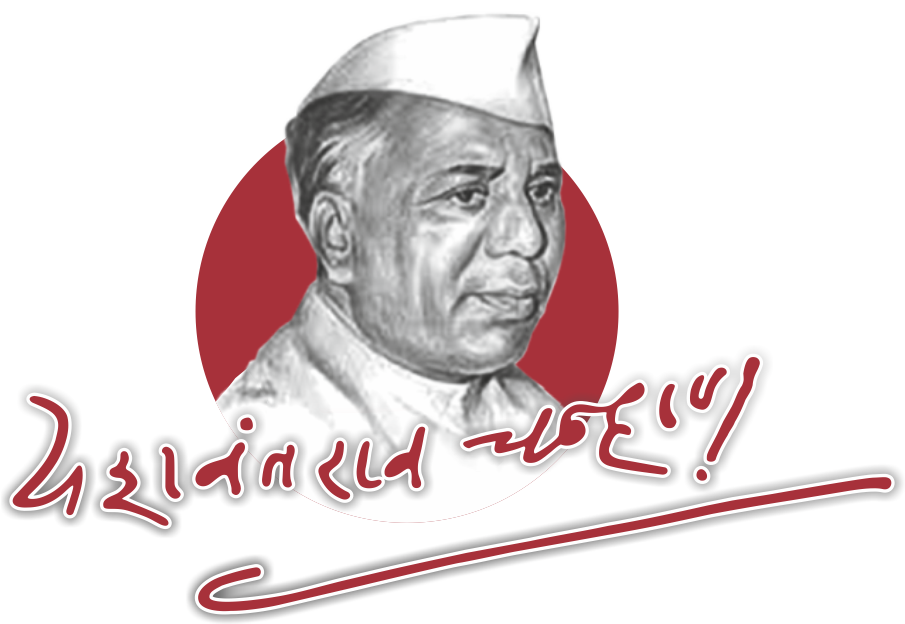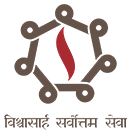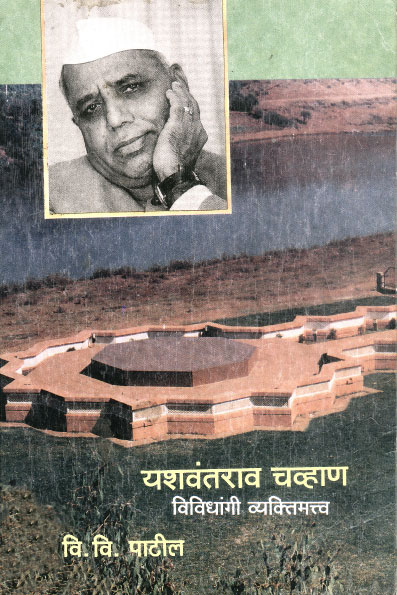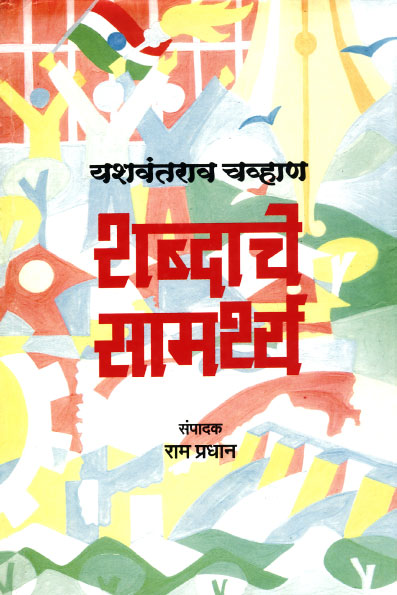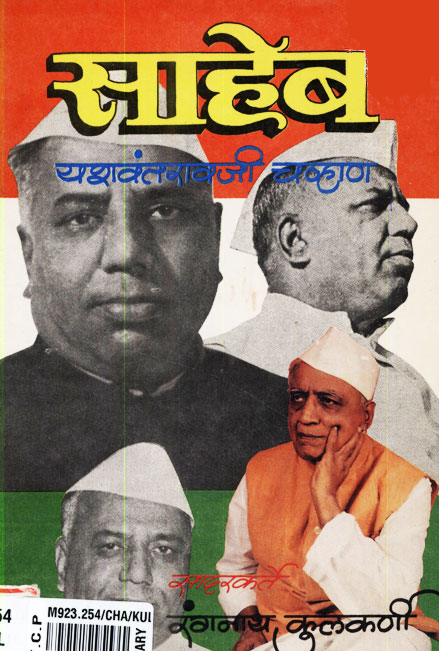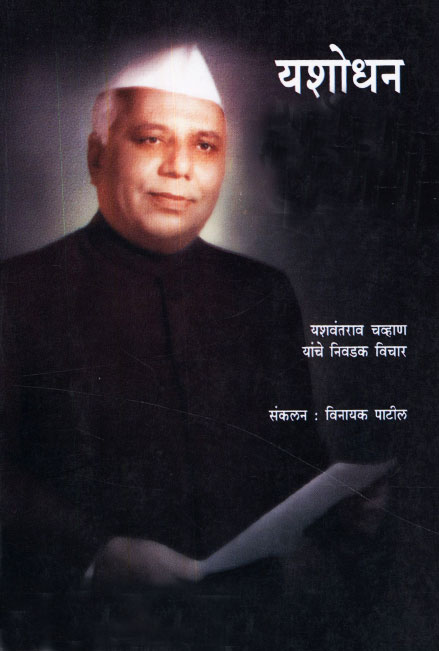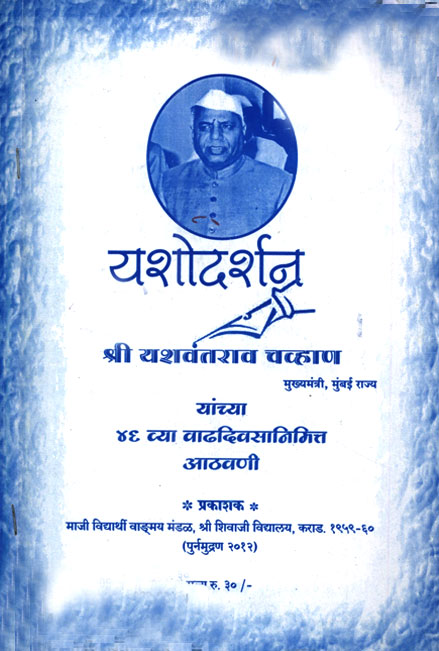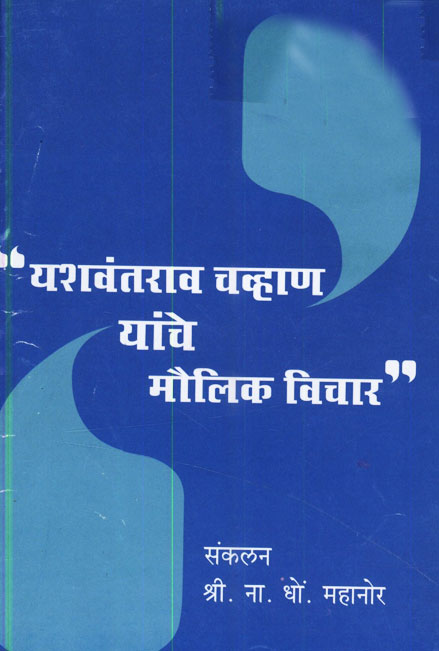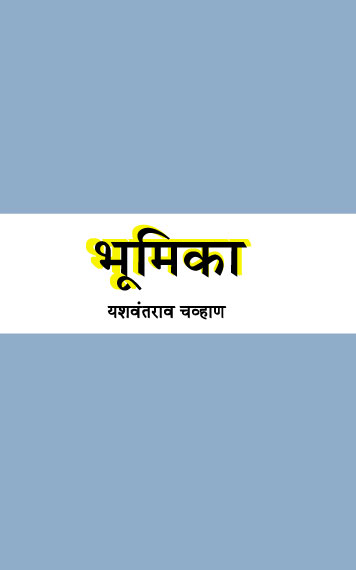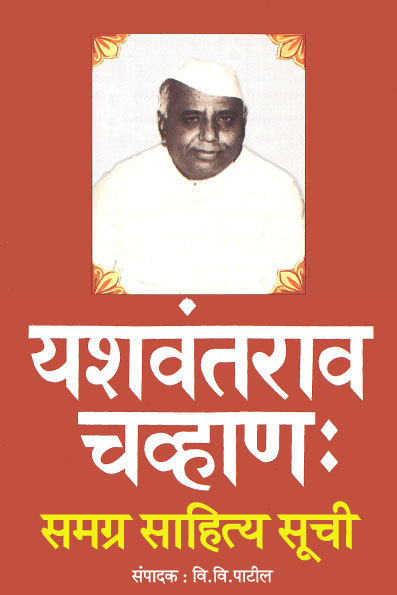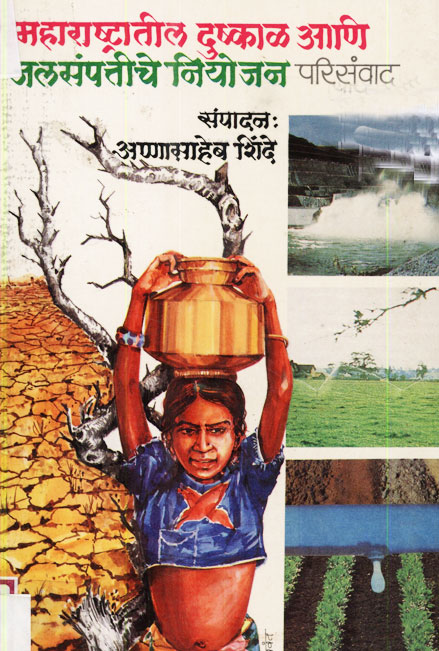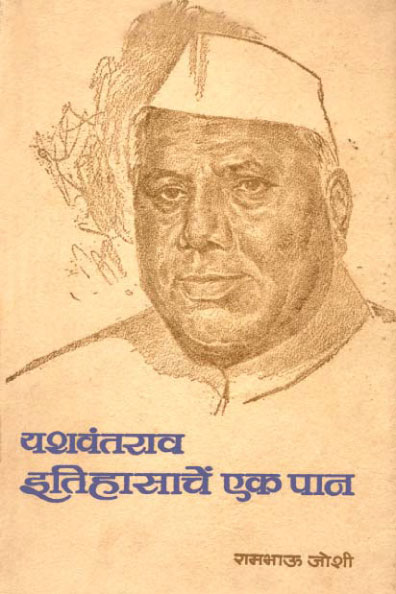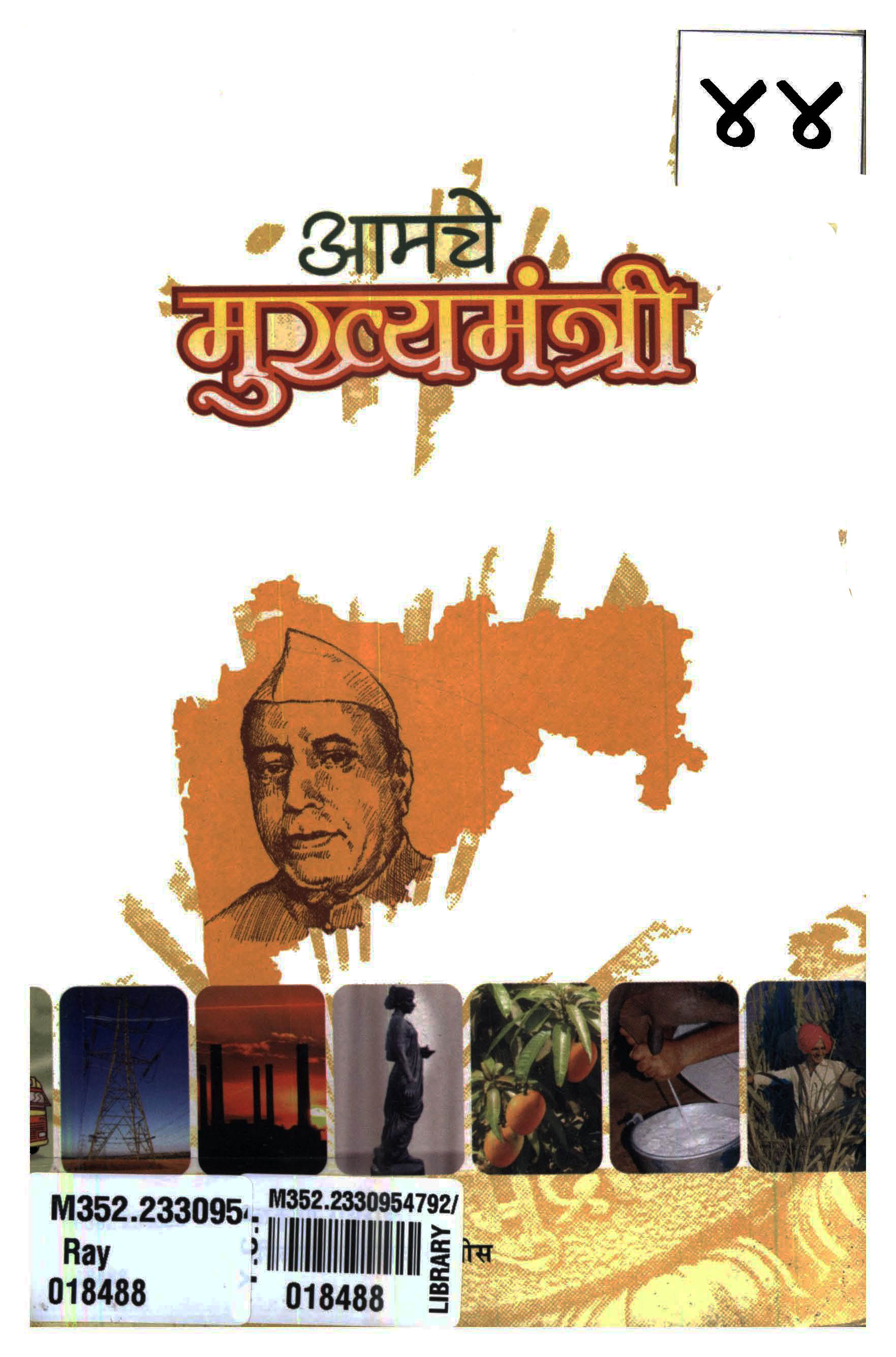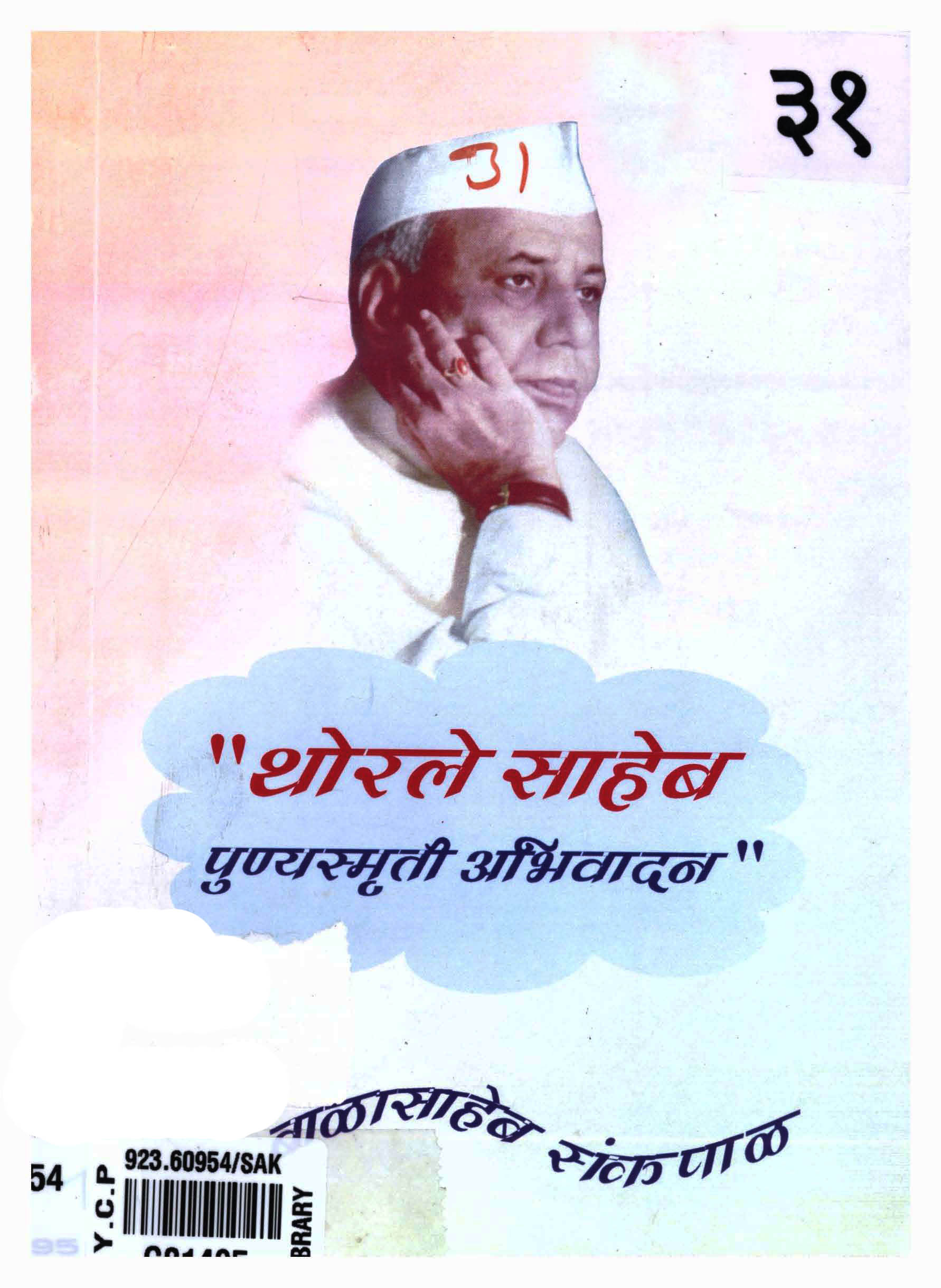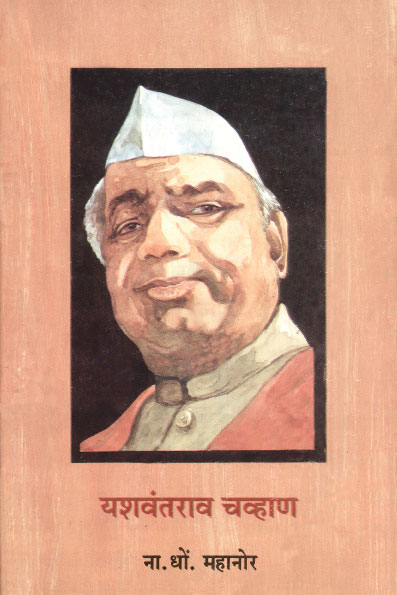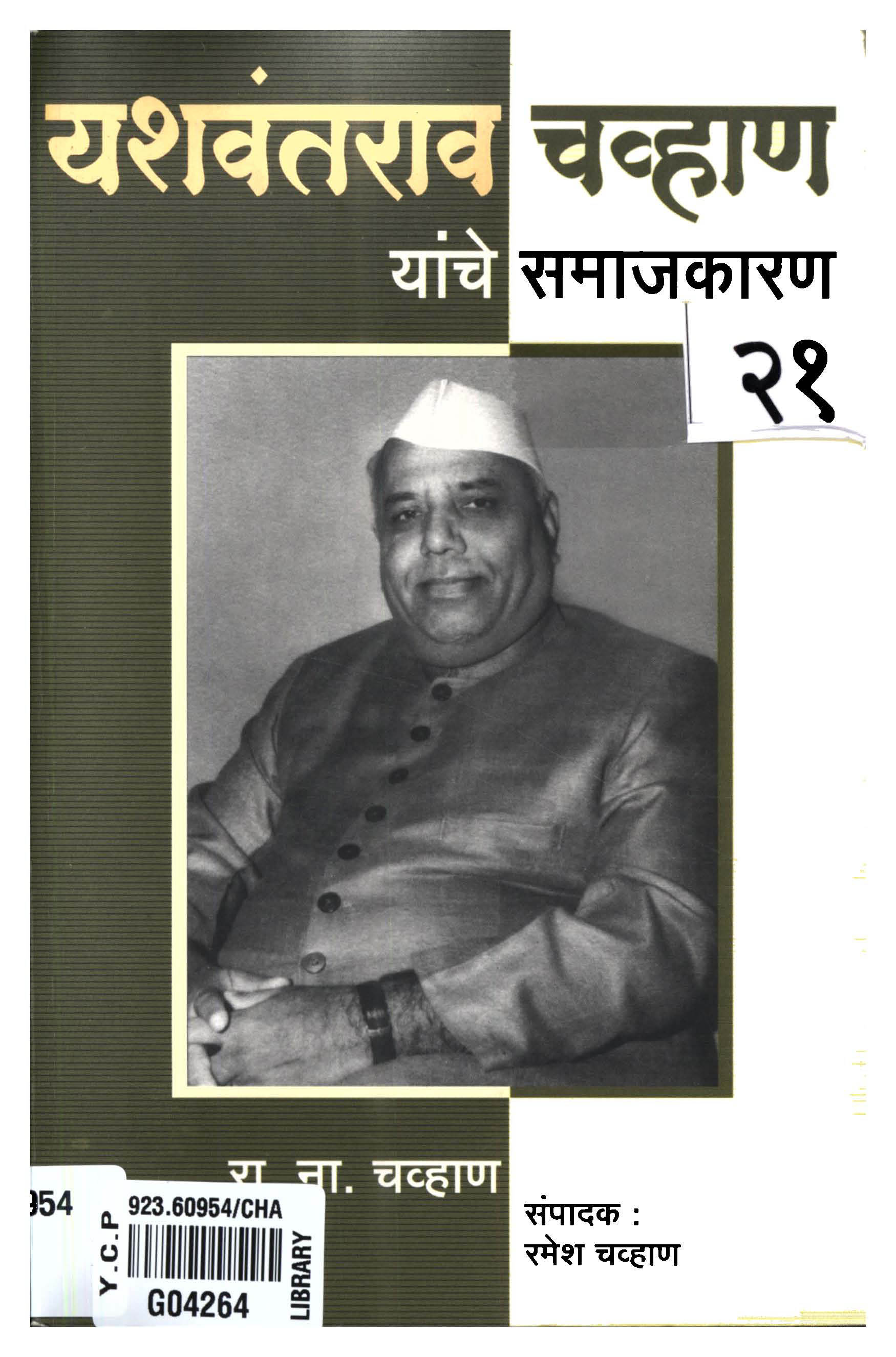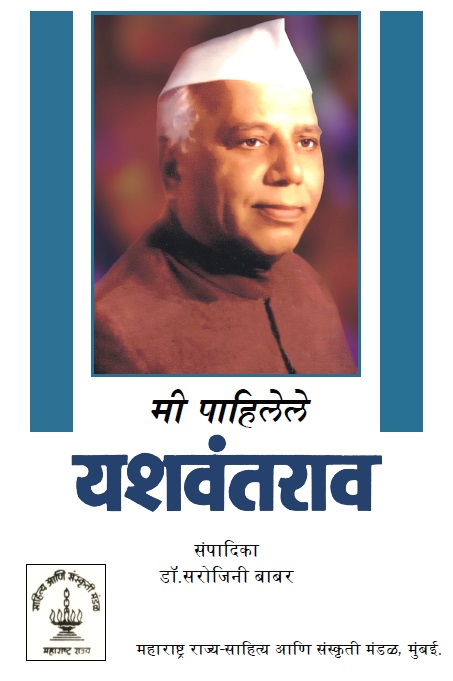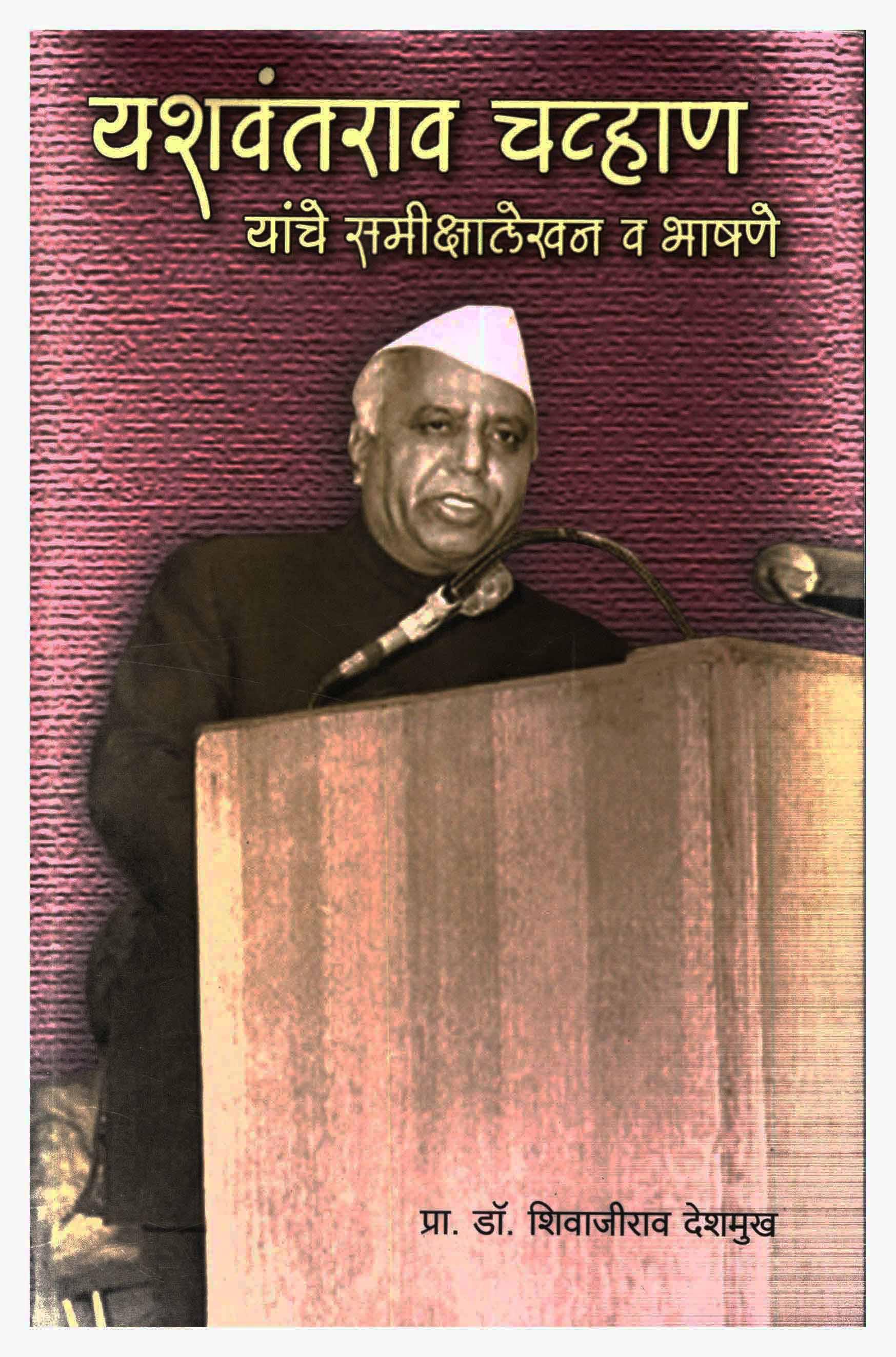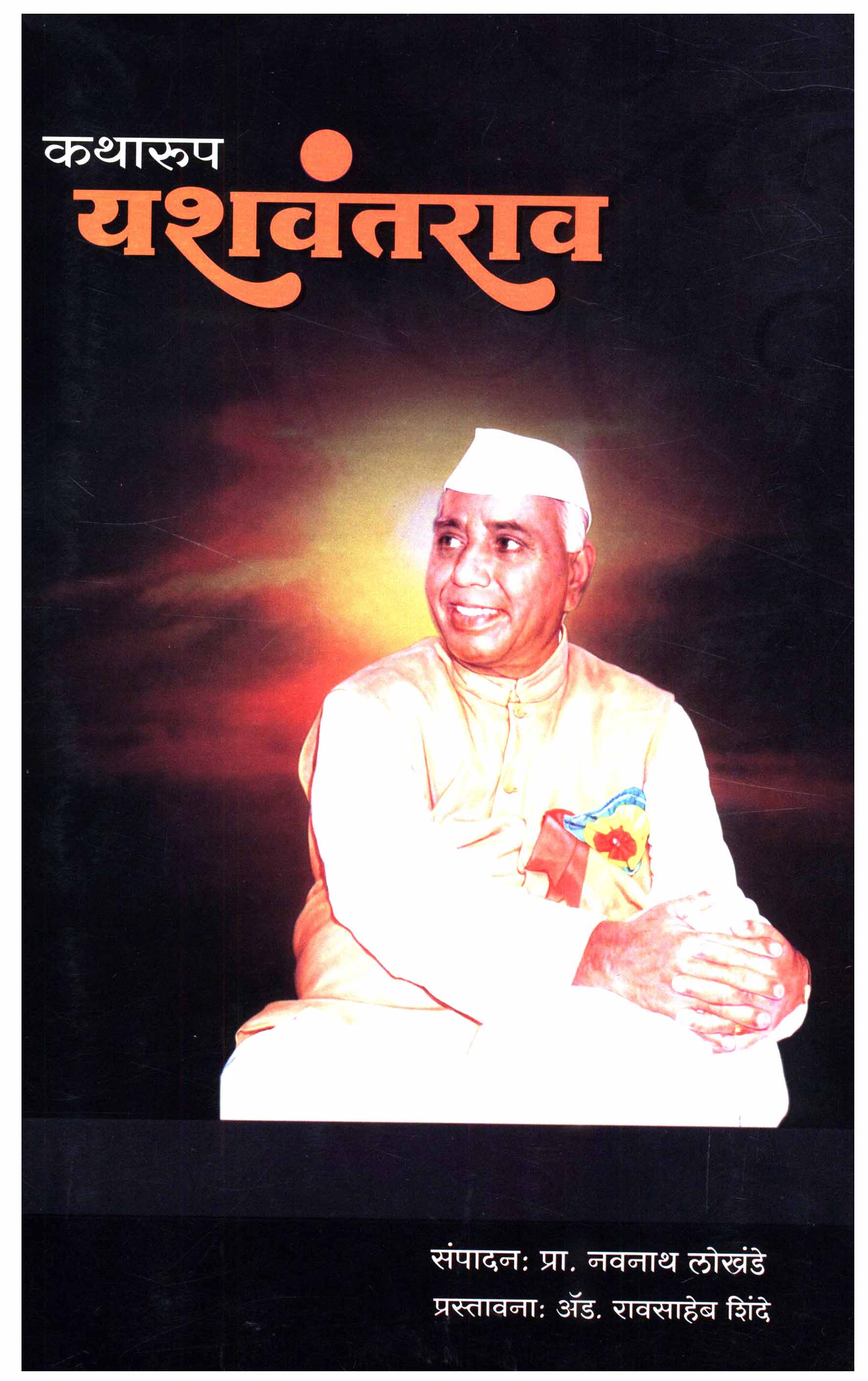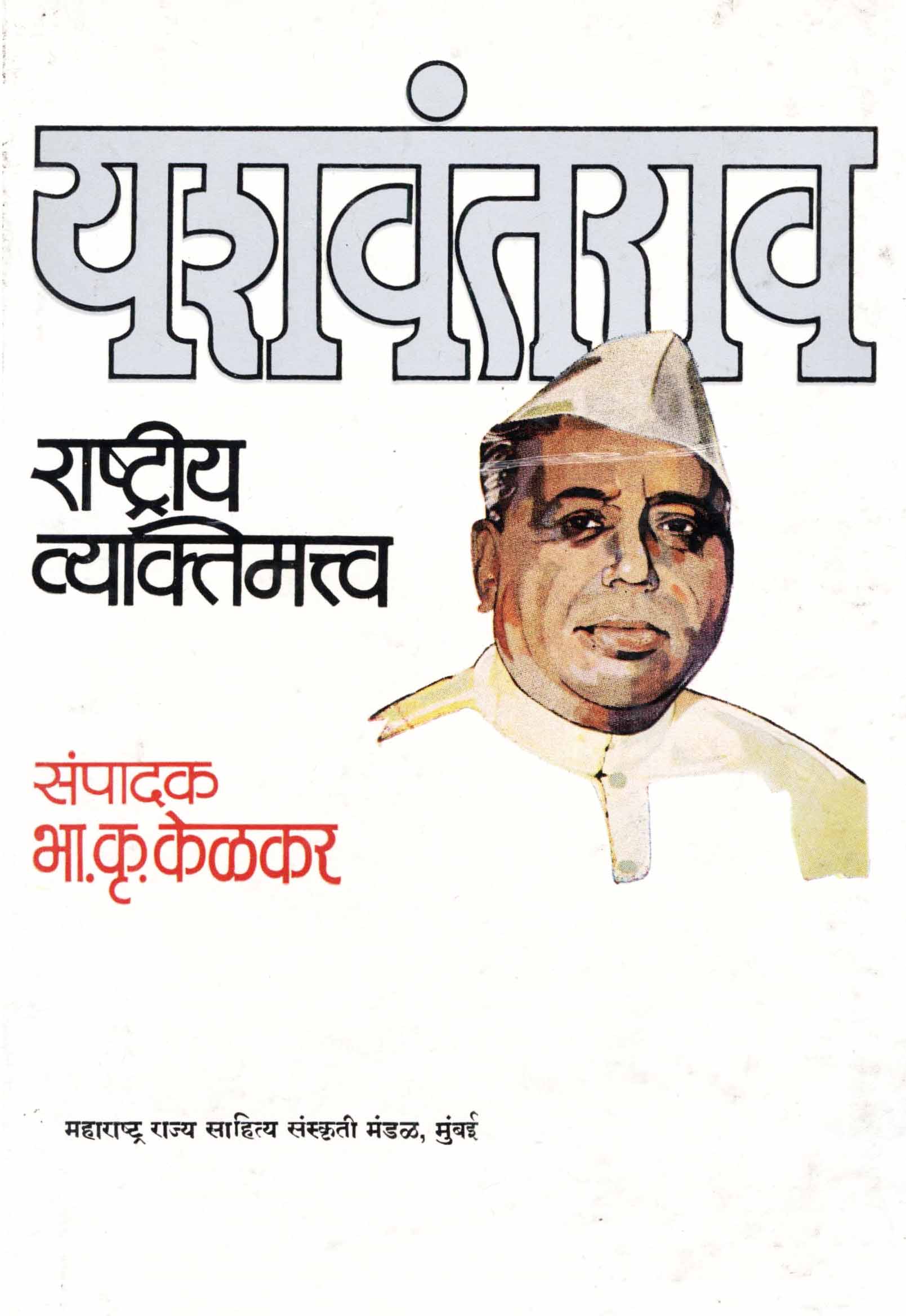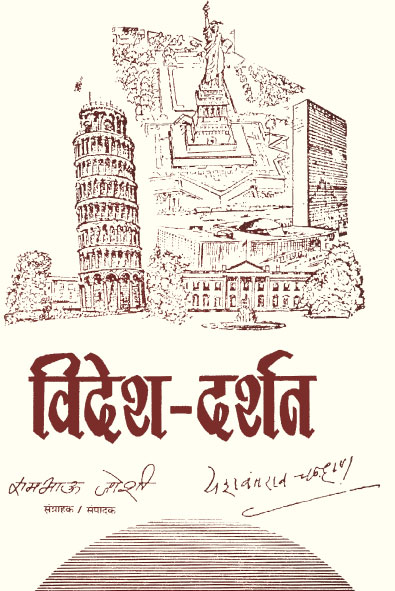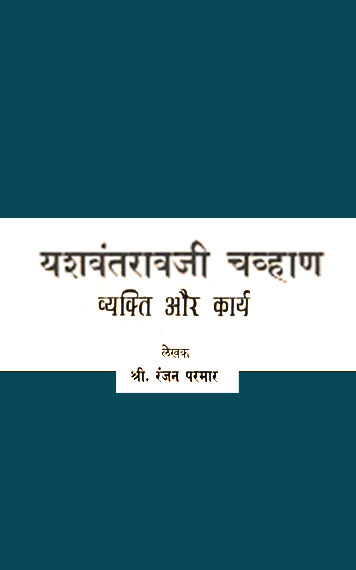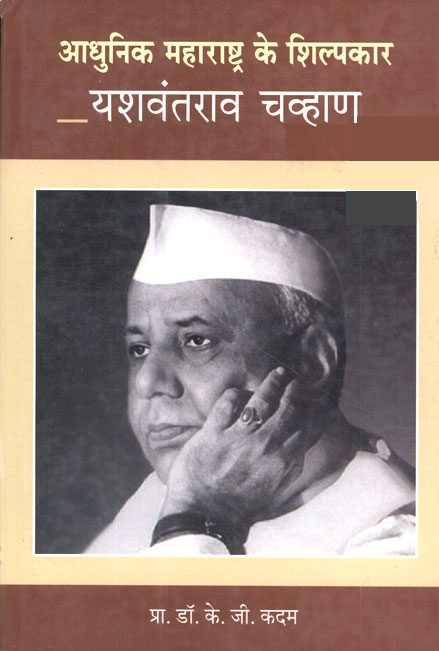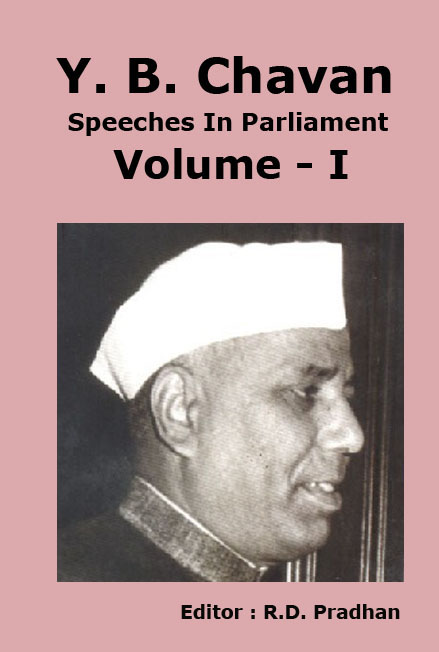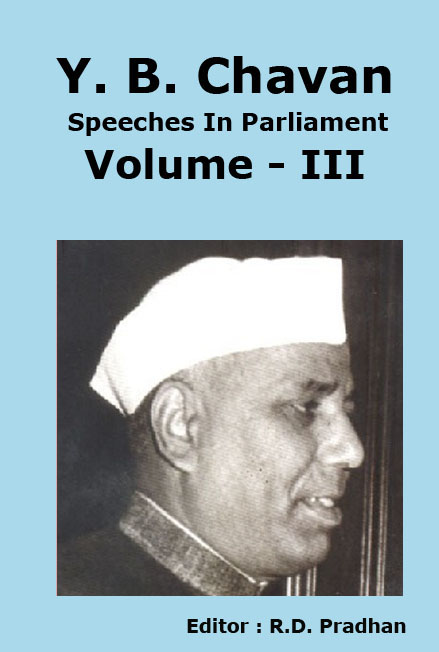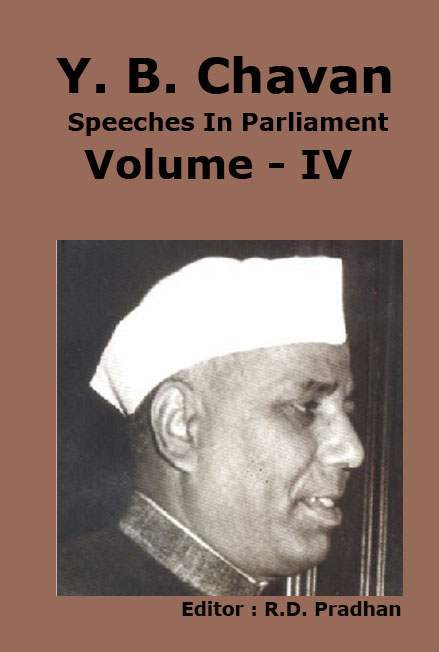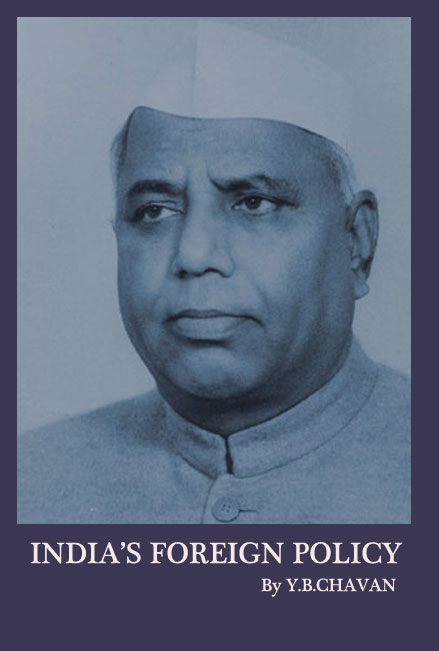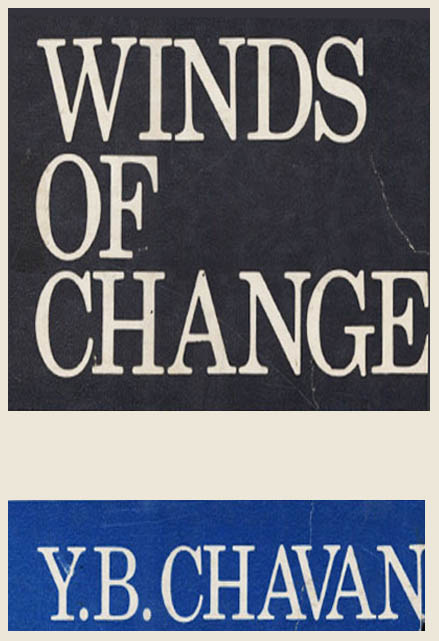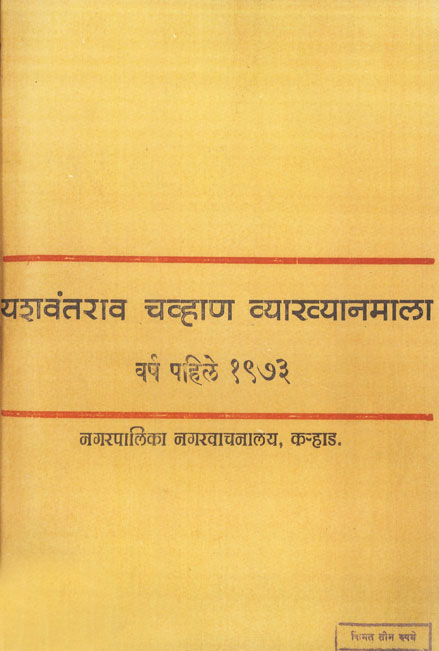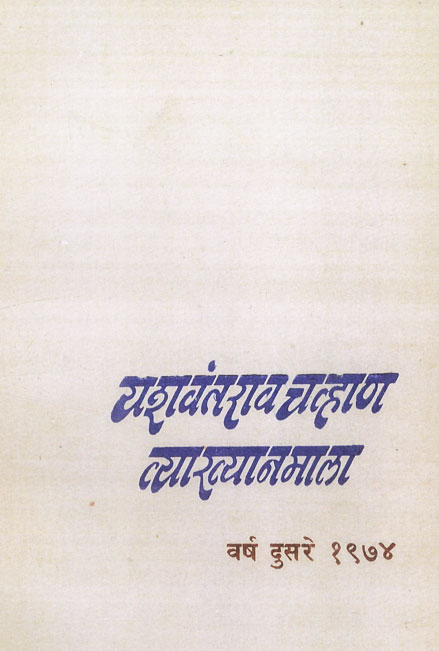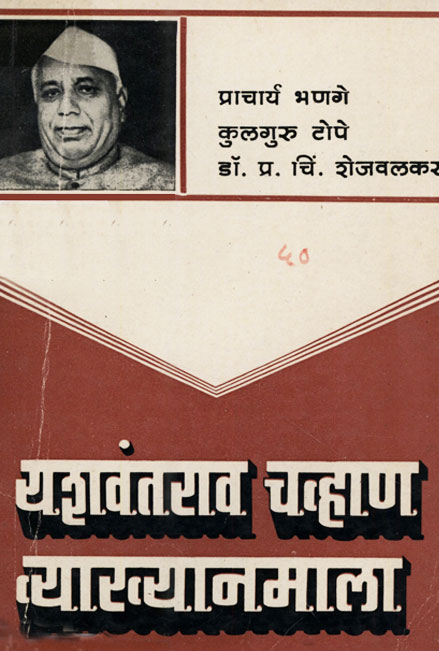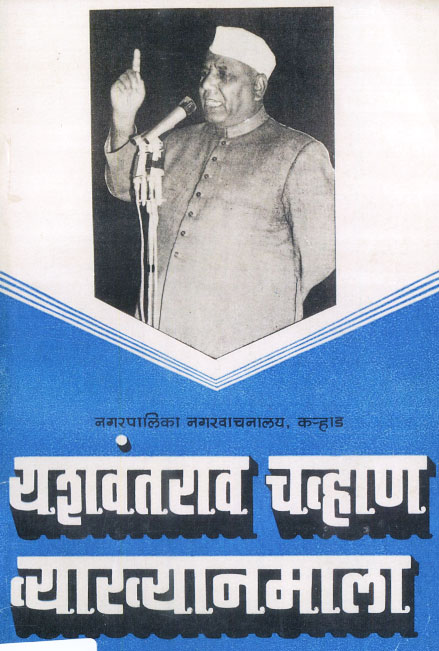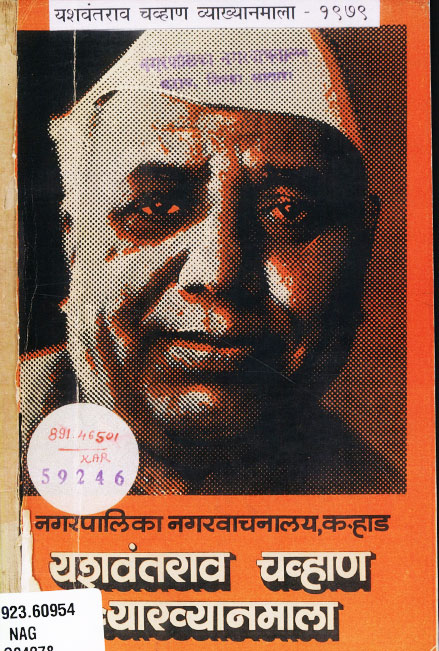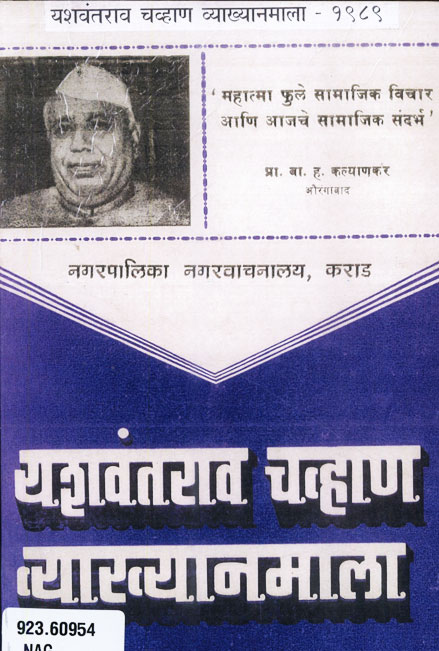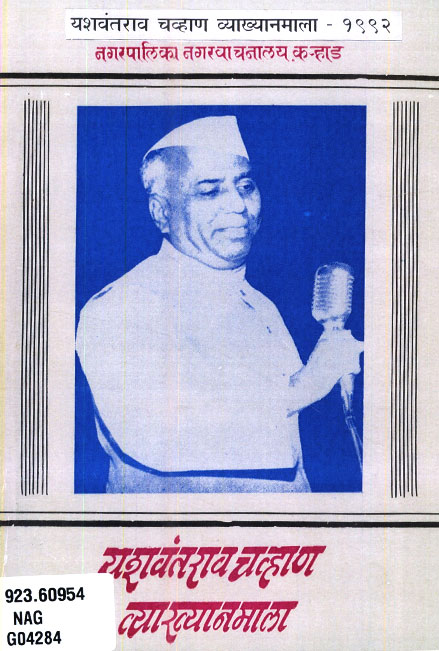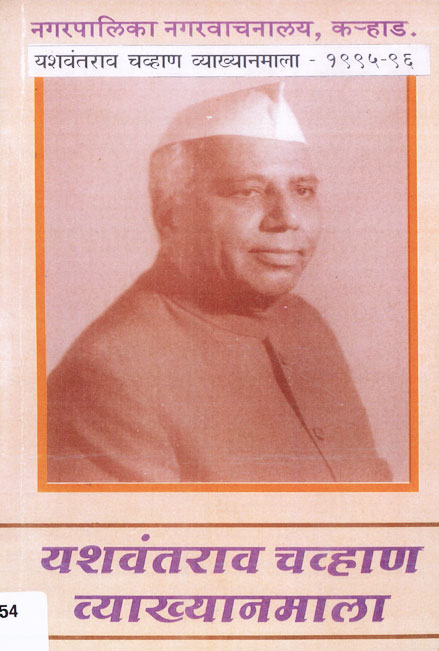Outmoded Stereotypes
One very useful project, which the Asia Society has undertaken, concerns the evaluation of the treatment of Asia in American school texts. What often amazes an Indian visitor to the USA is the persistence of outmoded stereotypes which still remain associated with the image of India. India is still perceived by many as a land of the Maharajas, snake-charmers and god-men, or as a nation teeming with people and problems.
There is not much awareness of the many giant strides taken by India in attaining
self-sufficiency in food production, in erecting a diversified industrial infra-structure, in building up a large reservoir of trained manpower and harnessing the prowess of modern technology for economic development. I guess it is not very different in the case of other Asian countries. I, therefore, consider this project as a step in the right direction. I am also aware of many other activities which the Asia Society undertakes for promotion of Indian art and literature.
It is gratifying to find that there is a growing interest in Indian culture among the intellectuals and the young people in America today. I understand that the centres of South Asian studies in several universities are doing excellent work. Some of your Indologists are scholars of repute. I am also happy to learn that there are 37 centres in the USA which teach Hindi and other Indian languages. Indian music and classical dance seem to be attracting many admirers as also the practice of yoga and the tenets of Indian philosophy.
Media Coverage
I am told that there are more Indian antiques and art objects in USA than in any other country outside India. On the other hand, the American achievements particularly in the field of science and technology, have won the admiration of the Indian people. The thoughts and deeds of great American leaders like Washington, Jefferson and Lincoln have left an indelible imprint on the thinking of our leaders. The Indo-US Sub-Commission on Education and Culture is therefore operating under propitious circumstances. I understand that a new programme of seminars, exchange of fellowships, exhibitions, co-operation in museum techniques and projection of Indian feature films in the USA has been drawn up. While this activity must continue, I think it is of paramount importance to promote understanding not only of the excellence of our ancient culture and civilisation, but also of our present day reality and achievements. It is in this area that the all-powerful mass media could play a major role. But, apparently, it does not. Every time I visit New York, I am impressed by the massive size and weight of the newspapers here, as also the miniscule coverage given to momentous events that are taking place outside the confines of the affluent world. For instance, I wonder to what extent and in what manner the deliberations of the recent non-aligned summit conference have been reported in the western media. It was a major happening in Asia where representatives of 86 nations had gathered to demonstrate their unity and solidarity in their search for freedom, equality, peace and stability. It has been fashionable for the western media to distort, if not ridicule, non-alignment. But the fact that most of the States, which have achieved independence from colonial rule, have joined the non-aligned movement is a sure indication of its continuing validity. The movement has become a force to reckon with on the international scene and most of the Asian States adhere to the policy of non-alignment. Without a sympathetic appreciation of this policy, it will be impossible to interpret the events in Asia today. It is here that organisations like the Asia Society could play a crucial role.
